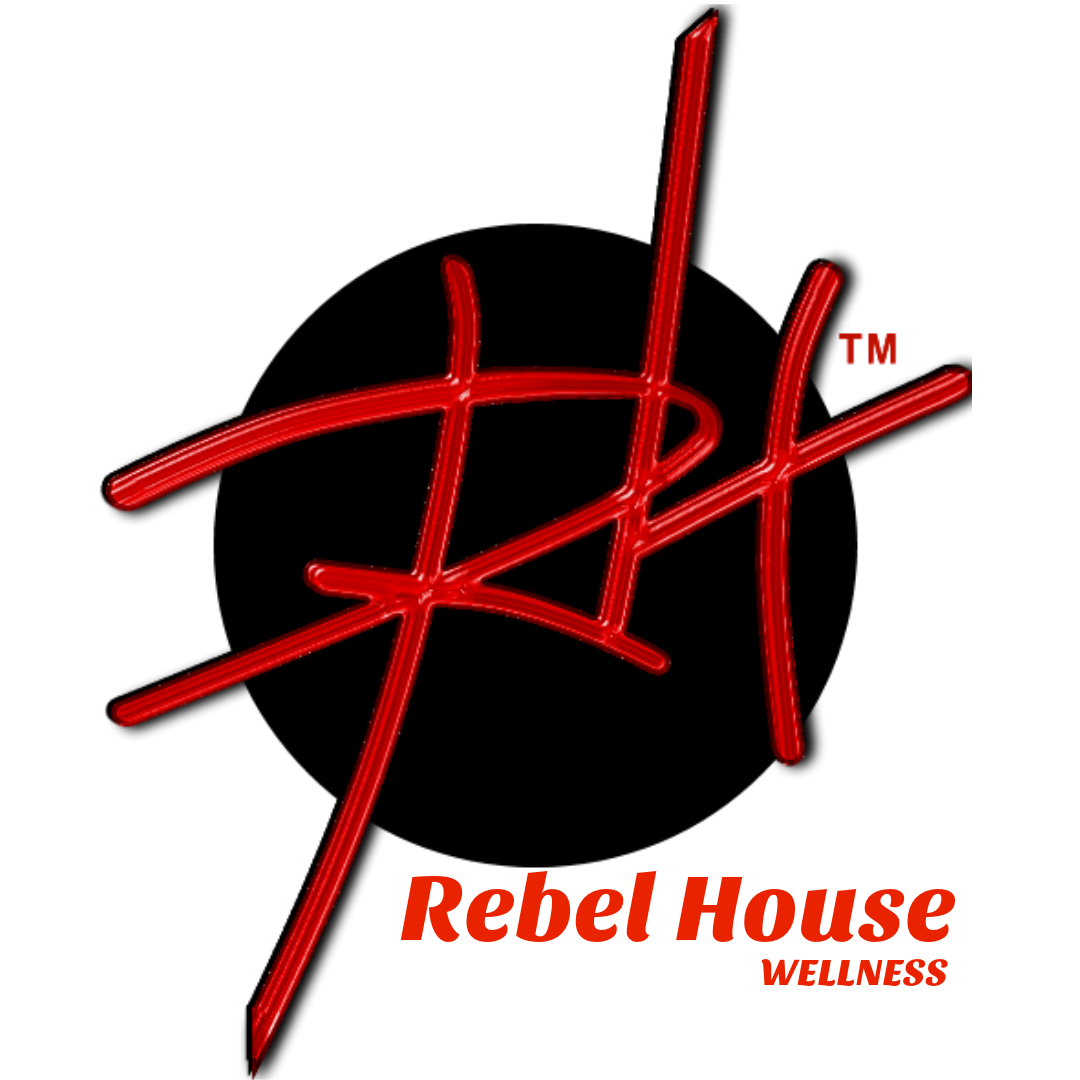Did you know that the organism responsible for vaginal yeast infections often ends up in many other places in the body, including the mouth, salivary ducts and glands, sinus cavity, joints, heart arteries, lungs, brain, skin, and elsewhere?

Candida is a yeast/fungi that is normally/naturally present in the gut. However, there are various strains/types of Candida and they can change form (they’re dimorphic). When Candida changes to become hyphae (or pseudo-hyphae) they can escape the intestines, make their way into the blood stream, and wreak havoc in various ways. It may be tempting, but try not to view it as something to try to completely rid the entire body of. You want to get it out of the places it shouldn’t be, you want it to be in a form that doesn’t contribute to poor health, and you want it to stay that way.
What not to do?
If you you’ve reached this article in search of answers, then you’ve likely read countless others. One thing discussed time and again is something called the “Candida diet”, for which a variety of suggestions are made, including attempting to cause the Candida to die by eliminating or minimizing sugar so that the Candida have nothing to eat. Contrary to the many suggestions one can find on the internet, or given by certain alternative health practitioners, DO NOT ATTEMPT TO STARVE CANDIDA! Not only is this a waste of time, but it can create additional problems for you.
You should definitely eliminate white/refined sugar from the diet, as well as refined grains (wheat, pasta, rice, etc.). You should also avoid consuming agave nectar, stevia (typically highly processed/refined), aspartame, and other sugar substitutes. Raw honey, sucanat or rapadura sugar, coconut sugar, and real maple syrup (the darker, the better) are the best natural sweeteners. Also, plantains and green bananas can be used to replace wheat/grain, nut/seed flours in many dishes. We have added a few helpful recipes here.
Research shows that Candida eats many things, including sugar, zinc, and other nutrients necessary for human bodily functions. Attempts to starve Candida of sugars, which is most often suggested, may only help cause more candida to convert to a pathogenic form. In this form, it can go dormant until the preferred food is available, or it can just eat carbs, proteins, fats, minerals, etc. There’s even research stating that Candida can survive on the ketones produced from a low-carb diet. It can survive on a variety of substances and possibly become less active, but not dead. It’s important to understand that feeling better after omitting certain foods can often merely be because you’ve masked the symptoms of the still-present problem. The bad feelings associated with Candida are largely due to our Immune system’s response to the toxins it gives off. These toxins are released in our bodies in higher amounts when Candida dies.
Understanding what’s really going on!
Candida, like every living thing, has a life cycle. Certain foods/herbs have nutrients and other chemical properties that kill the fungus, prevent it from being able to to latch onto your cells, prevent it from protecting itself (through biofilms), or increases your beneficial bacteria that help to get rid of the Candida. All if this, while ultimately beneficial, will bring about die-off of many of the fungi at once, which means lots of the toxins being released, which kicks up the immune system. This is where the aches and pains, extreme tiredness, and other negatives come in.
Wait! The immune system makes me feel like crap? Yes! Inflammation, fever, excessive mucus production (associated with sinus issues, nasal drip, and congestion) are all major aspects of the immune system. Although these things feel horrible, the purpose/function is to facilitate healing. One example of this is the commonly reported excess mucus issues associated with consuming dairy. Because we tend to react based on how we feel, milk has been deemed the cause of the problem. Despite milk’s bad reputation, it actually assists with killing Candida in many more ways than one. This is a major reason why it increases mucus production.
Candida in the sinus cavity is often responsible for frequent sinus headaches, chronic sinus infections, nasal congestion, constant nasal drip, etc. Though sinus infections are often caused by bacteria, many infections are actually because of a combination of bacteria and fungi. Additionally, Candida can suppress beneficial bacteria in the sinus cavity, making proliferation of bad bacteria more possible. You read that correctly. The sinus cavity has a microbiome too, complete with bacteria that are there for our protection.
Common contributors to Candida overgrowth*:
- Chronic stress (all stressors, whether emotional/mental or physical, including stress of chronic illness, physical injury, and oxidative stress due to poor diet)
- Antibiotics and other drugs
- High alcohol intake
- Birth control pills
- Bacterial infection (especially H pylori, which disrupts the stomach function and therefore disrupts intestinal bacteria)
- Gallbladder issues (disrupts the stomach the digestion process, and therefore disrupts intestinal bacteria)
- Nutritional insufficiencies/deficiencies (including zinc, vitamin D, and vitamin C deficiency, which disrupts the digestive function…) or imbalance
- C-section birth which leads to reduced beneficial bacteria in the gut.
*Because most of these are issues that can be ongoing or recurring, I suggest a Candida cleanse once a year, along with year-round or frequent dietary and supplemental.
What should one eat?
When it comes to diet while fighting Candida, I simply suggest that you:
- Eat lots fruits & vegetables daily (including starchy root vegetables)
- Include 3-5 oz of various healthy meats/fish in at least 2 of your daily meals (grass-fed beef*, wild-caught fish, free-range and organic chicken/turkey, etc. ).
- Consume bone broth frequently (click here for more information)
- Consume grass-fed RAW milk, or organic grass-fed milk often (unless you are lactose intolerant or have a true milk allergy).
- Avoid or eat very small amounts of grains/nuts/seeds (if eaten, they should be sprouted and/or fermented)
- Avoid simple carbs (including refined flour and white sugar) and empty calorie “foods”.
- Avoid coffee and all other caffeine sources (including green tea, white tea, black tea, chocolate).
- Take probiotics and prebiotics frequently. I have suggestions for certain probiotics that are available at most health stores, and the Rebel House prebiotic is a great choice.
*Regarding beef: It has certain nutrients in higher amounts than chicken, making it more beneficial in many ways, INCLUDING helping the body get candida under control. If you have a problem consuming beef, it may be an indication of an underlying health issue that was NOT caused by beef (including poor digestive system function, Alpha GAL syndrome caused by a tick bite, and bacterial or fungal infection). Contact me if you’d like more information about this.
*These dietary changes/augmentations are what I suggest for most individuals, whether they have an issue with Candida or not.
Include a great anti-fungal in your regimen
We also suggest that you take Fung Shu Candida Cleanse, a Rebel House product. The ingredients and method behind this formula are intended to help kill Candida, break down the biofilm that it forms for protection, build up beneficial bacteria that help to control Candida, promote repair of the intestinal lining, support the body’s detox pathways to minimize die-off symptoms, and hinder the yeast/fungi from building up resistance to the formula, and contribute to heavy metal elimination. Heavy metals help to support Candida’s protective biofilm, therefore processing these metals out of the body can improve the rate at which biofilm is broken down.
What should I expect while going through the process of getting Candida under control?
Knowing the impact of the toxins released when Candida dies (due to the ending of its normal life cycle or due to an elimination regimen) will assist you with preparing your mind to push past the issues rather than giving up. Most do not experience all of the effects listed below, and it isn’t possible to know what each person will experience. Different people, including those in the same home, can have similar or very different symptoms. The effects can be mild or intense, and can last for a few hours, a few days, or a few weeks. It really depends on the individual. These are things that you’ve probably already been experiencing to some degree, however some effects may be noticed during the process that weren’t noticed before. Possible effects of Candida die-off:
- Flu-like symptoms
- Fatigue
- Gas/bloating
- Brain fog
- Urinary tract infection
- Sinus headaches, migraines, tension headaches
- Swollen glands
- Dry mouth
- Itchy and/or white tongue (thrush), burning/tingling tongue
- Low libido (low sex drive)
- Post-nasal drip
- Acne
- Increased joint or muscle pain
- Fever
- Chills, cold feeling in your extremities
- Hot flashes
- Body itchiness, hives or rashes
- Sweating
- Excessive mucus
- Skin breakouts/infection
- Vaginal, prostate or sinus infections
- Nausea
- Indigestion or upset stomach
- Constipation or diarrhea
- Dizziness
- Insomnia
- Elevated heart rate
- Bowel issues (diarrhea or constipation)
What are some illnesses associated with, or potentially caused by, Candida infection?
Candida-related ailments include (but are not limited to):
- Bone degradation
- Arthritis
- Asthma
- Allergies
- Hormonal Imbalance (for both women and men)
- Fibromyalgia
- Alzheimer’s disease
- Cancer
- Various digestive issues (including IBS, Crohn’s Disease, and more)
Beneficial foods, herbs, and drinks to consider
Many foods have anti-fungal aspects or provide support to the body in various ways when fighting Candida. For greater benefit, we hope you’ll consider the following additions to your regimen:
- Coconut oil (1-2 tbsp, every 2-3 days)
- Rooibos tea (daily, or every other day)
- Spinach
- Kelp
- Mangoes
- Brassicas (broccoli, cabbage, cauliflower, Brussel sprouts)
- Rhubarb
- Rutabaga
- Horseradish
- Nettle tea
- Peppermint tea
- Chamomile tea
- Lemongrass tea
- Garlic
- Cilantro (use frequently when seasoning food to help further reduce heavy metals)
- Aloe vera juice (inner filet only, no added flavors, colors, sweeteners)
- Lime/lemon water
- Acacia Gum (1 tbsp per day in 2 cups of water)
- Camu camu (1-2 tsp per day for increased vitamin C)
- Moringa (1 tbsp, twice per day, for increased magnesium)
- Oysters (3 per day as often as possible for increased zinc)
- Avocados, bananas, sweet potatoes, potatoes (for increased potassium)
- Salmon and mackerel (for increased vitamin D)
- Take frequent Epsom salt baths
We want to see you win in the fight against Candida! Fighting Candida can be an uncomfortable and scary experience, but it’s definitely worth a bit of temporary discomfort to recover from it! Putting off this important process will only make it far more difficult later, while you give the fungus more time to cause far more problems in your life. It’s better to work toward preventing terrible arthritis than trying to deal with it after it’s taken hold of you. It’s better to avoid bone degradation than to have to schedule surgery after it has overcome you. If you do the regimen yearly, it should be less difficult each time. Know that you’re worth whatever it takes, and this too shall pass!
Rebel Well!
